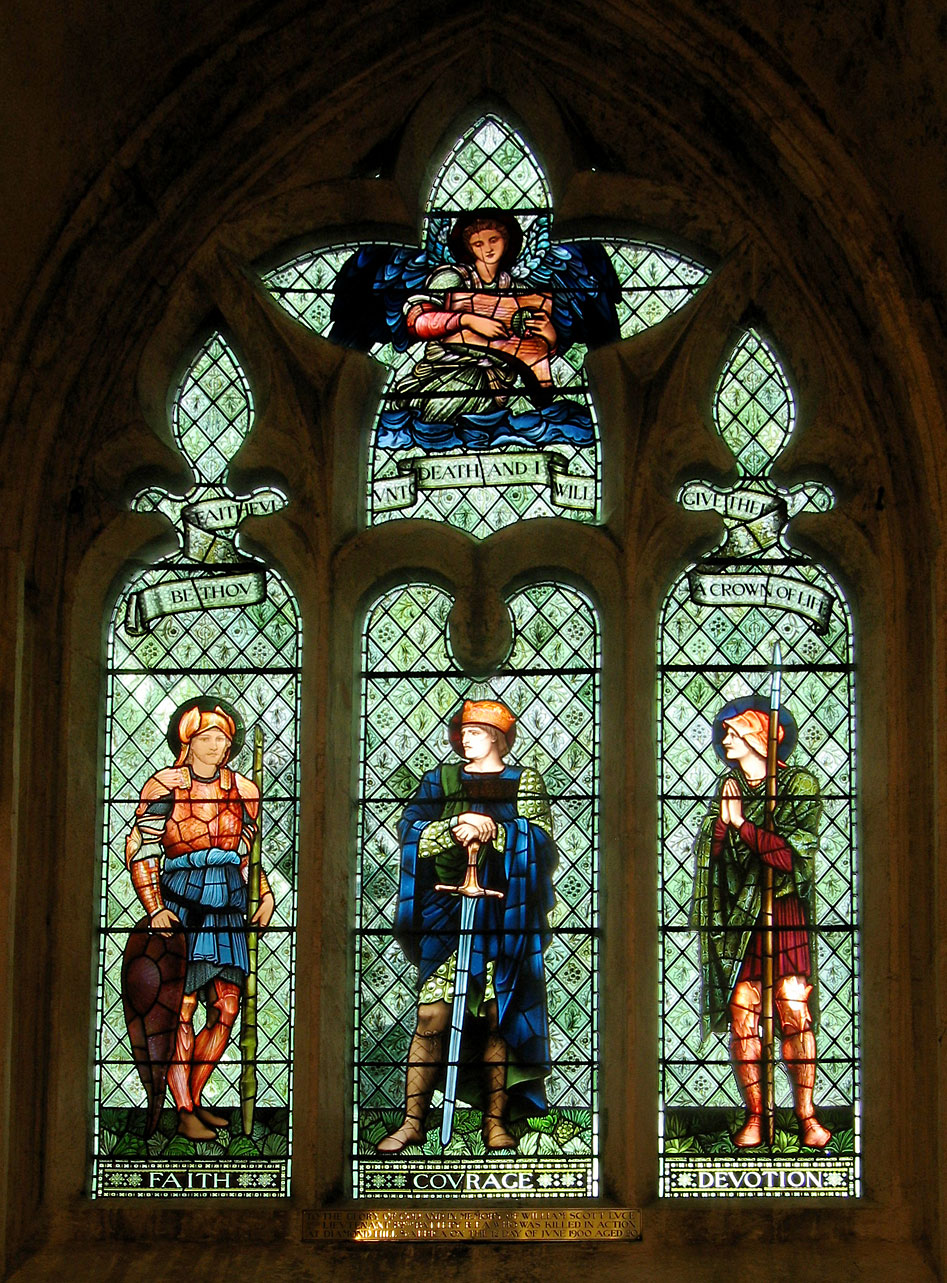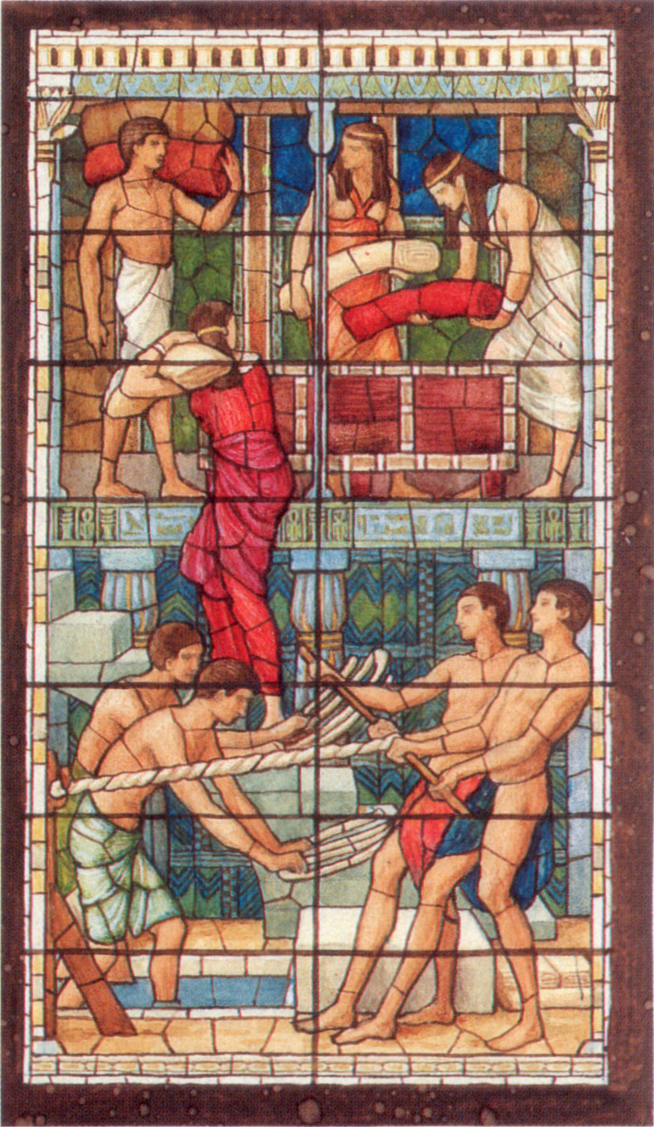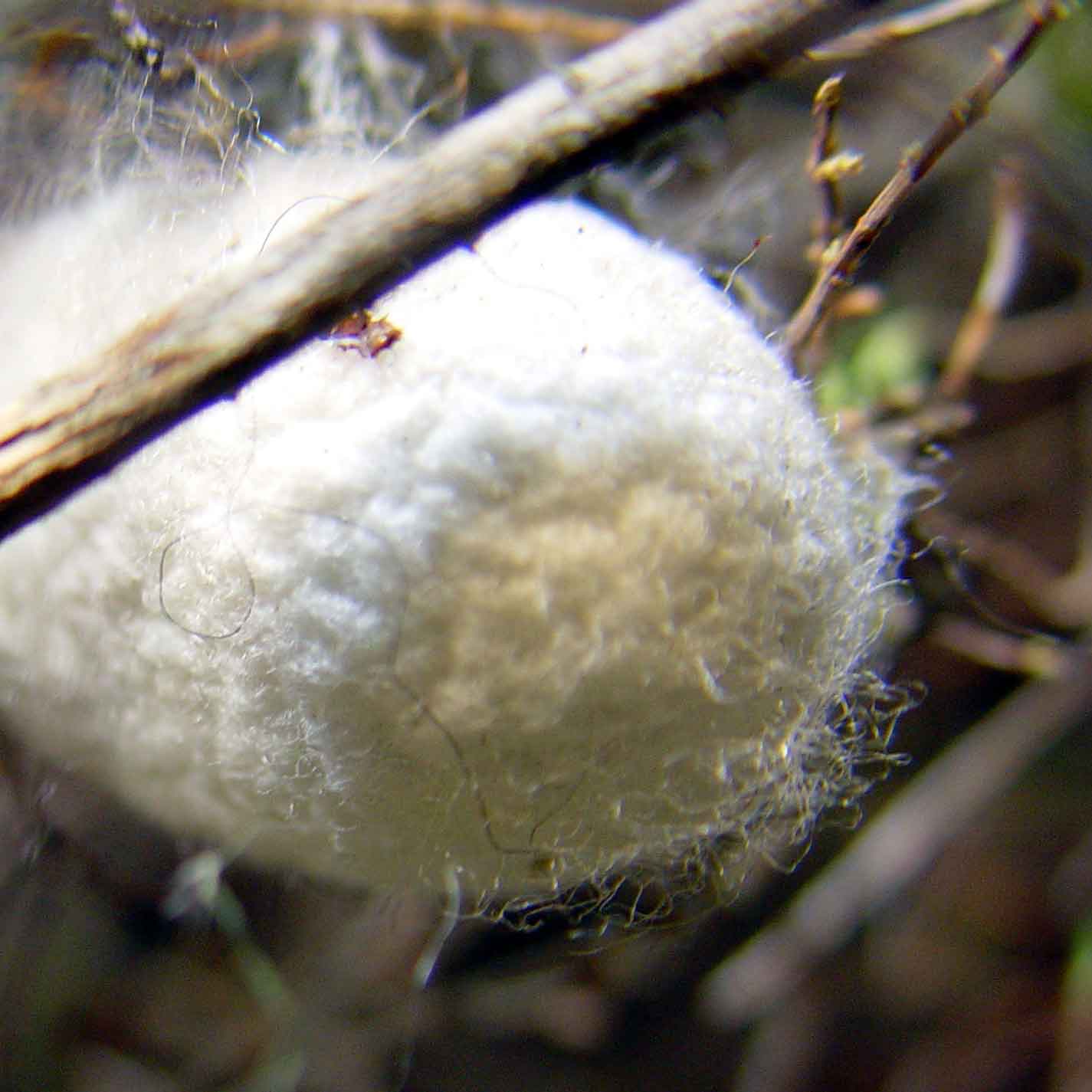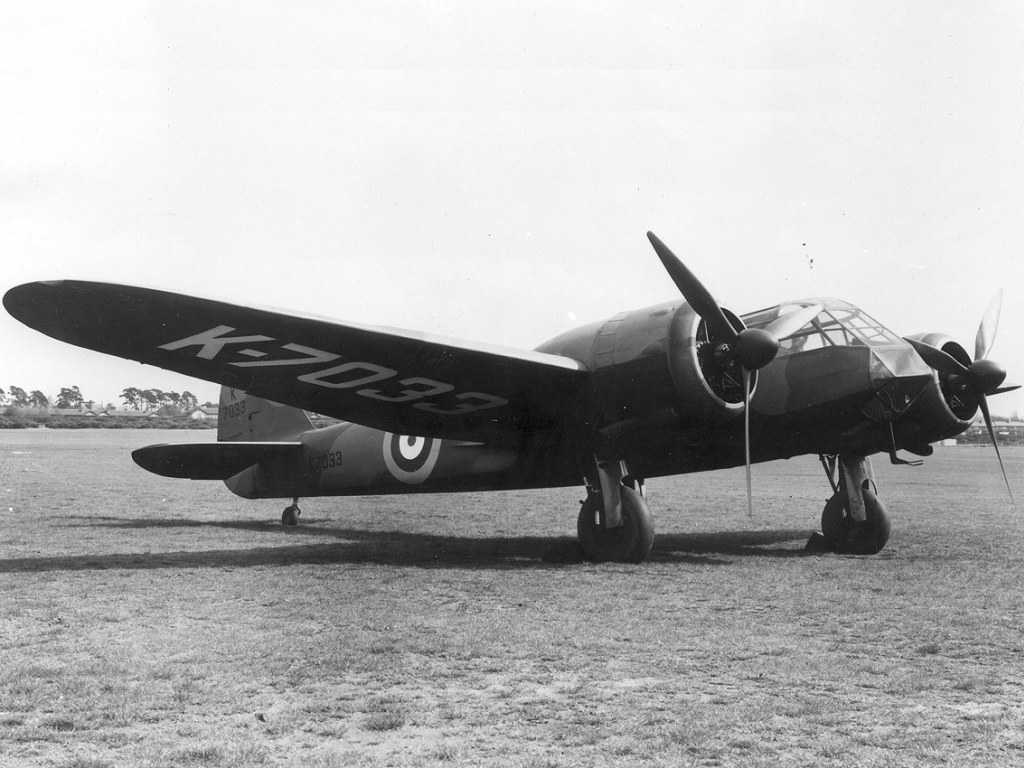|
Merton Abbey Mills
__NOTOC__ Merton Abbey Mills is a former textile factory in the parish of Merton in London, England near the site of the medieval Merton Priory, now the home of a variety of businesses, mostly retailers. The River Wandle flowing north towards Wandsworth drove watermills and provided water for a number of industrial processes in Merton. Merton Abbey Mills were established by Huguenot silk throwers in the early eighteenth century; there were already textile works nearby from 1667. Liberty & Co. had been involved with the site since the 19th century, as their popular ranges of fabrics for dress and furniture were nearly all made there by Littler and Co. In 1904 Liberty & Co took over the Littler site. They continued to operate the Merton Abbey Mills until 1972, and textile production was continued by other firms until 1982. During World War II part of the site was used to construct gun-turrets for the Bristol Blenheim fighter-bomber. [...More Info...] [...Related Items...] OR: [Wikipedia] [Google] [Baidu] |
Textile
Textile is an umbrella term that includes various fiber-based materials, including fibers, yarns, filaments, threads, different fabric types, etc. At first, the word "textiles" only referred to woven fabrics. However, weaving is not the only manufacturing method, and many other methods were later developed to form textile structures based on their intended use. Knitting and non-woven are other popular types of fabric manufacturing. In the contemporary world, textiles satisfy the material needs for versatile applications, from simple daily clothing to bulletproof jackets, spacesuits, and doctor's gowns. Textiles are divided into two groups: Domestic purposes onsumer textilesand technical textiles. In consumer textiles, aesthetics and comfort are the most important factors, but in technical textiles, functional properties are the priority. Geotextiles, industrial textiles, medical textiles, and many other areas are examples of technical textiles, whereas clothing and ... [...More Info...] [...Related Items...] OR: [Wikipedia] [Google] [Baidu] |
Silk
Silk is a natural protein fiber, some forms of which can be woven into textiles. The protein fiber of silk is composed mainly of fibroin and is produced by certain insect larvae to form cocoons. The best-known silk is obtained from the cocoons of the larvae of the mulberry silkworm ''Bombyx mori'' reared in captivity (sericulture). The shimmering appearance of silk is due to the triangular prism-like structure of the silk fibre, which allows silk cloth to refract incoming light at different angles, thus producing different colors. Silk is produced by several insects; but, generally, only the silk of moth caterpillars has been used for textile manufacturing. There has been some research into other types of silk, which differ at the molecular level. Silk is mainly produced by the larvae of insects undergoing complete metamorphosis, but some insects, such as webspinners and raspy crickets, produce silk throughout their lives. Silk production also occurs in hymenoptera ( bee ... [...More Info...] [...Related Items...] OR: [Wikipedia] [Google] [Baidu] |
Morris & Co
Morris, Marshall, Faulkner & Co. (1861–1875) was a furnishings and decorative arts manufacturer and retailer founded by the artist and designer William Morris with friends from the Pre-Raphaelites. With its successor Morris & Co. (1875–1940) the firm's medieval-inspired aesthetic and respect for hand-craftsmanship and traditional textile arts had a profound influence on the decoration of churches and houses into the early 20th century. Although its most influential period was during the flourishing of the Arts and Crafts Movement in the 1880s and 1890s, Morris & Co. remained in operation in a limited fashion from World War I until its closure in 1940. The firm's designs are still sold today under licences given to Sanderson & Sons, part of the Walker Greenbank wallpaper and fabrics business (which owns the "Morris & Co." brand,) and to Liberty of London. Early years Morris, Marshall, Faulkner & Co., "Fine Art Workmen in Painting, Carving, Furniture and the Metals", w ... [...More Info...] [...Related Items...] OR: [Wikipedia] [Google] [Baidu] |
History Of The London Borough Of Merton
History (derived ) is the systematic study and the documentation of the human activity. The time period of event before the invention of writing systems is considered prehistory. "History" is an umbrella term comprising past events as well as the memory, discovery, collection, organization, presentation, and interpretation of these events. Historians seek knowledge of the past using historical sources such as written documents, oral accounts, art and material artifacts, and ecological markers. History is not complete and still has debatable mysteries. History is also an academic discipline which uses narrative to describe, examine, question, and analyze past events, and investigate their patterns of cause and effect. Historians often debate which narrative best explains an event, as well as the significance of different causes and effects. Historians also debate the nature of history as an end in itself, as well as its usefulness to give perspective on the problems of the p ... [...More Info...] [...Related Items...] OR: [Wikipedia] [Google] [Baidu] |
Textile Arts
Textile arts are arts and crafts that use plant, animal, or synthetic fibers to construct practical or decorative objects. Textiles have been a fundamental part of human life since the beginning of civilization. The methods and materials used to make them have expanded enormously, while the functions of textiles have remained the same, there are many functions for textiles. Whether it be clothing or something decorative for the house/shelter. The history of textile arts is also the history of international trade. Tyrian purple dye was an important trade good in the ancient Mediterranean. The Silk Road brought Chinese silk to India, Africa, and Europe, and, conversely, Sogdian silk to China. Tastes for imported luxury fabrics led to sumptuary laws during the Middle Ages and Renaissance. The Industrial Revolution was shaped largely by innovation in textiles technology: the cotton gin, the spinning jenny, and the power loom mechanized production and led to the Luddite rebel ... [...More Info...] [...Related Items...] OR: [Wikipedia] [Google] [Baidu] |
History Of Silk
The production of silk originated in Neolithic China within the Yangshao culture (4th millennium BCE). Though it would later reach other places in the world, the art of silk production remained confined to China until the Silk Road opened at 114 BC, though China maintained its virtual monopoly over silk production for another thousand years. The use of silk within China was not confined to clothing alone, and silk was used for a number of applications, such as writing. Within clothing, the color of silk worn also held social importance, and formed an important guide of social class during the Tang dynasty. Silk cultivation spread to Japan around 300 AD, and, by 552 AD, the Byzantine Empire managed to obtain silkworm eggs and were able to begin silkworm cultivation; the Arabs also began to manufacture silk at the same time. As a result of the spread of sericulture, Chinese silk exports became less important, although they still maintained dominance over the luxury silk market. The C ... [...More Info...] [...Related Items...] OR: [Wikipedia] [Google] [Baidu] |
Craft
A craft or trade is a pastime or an occupation that requires particular skills and knowledge of skilled work. In a historical sense, particularly the Middle Ages and earlier, the term is usually applied to people occupied in small scale production of goods, or their maintenance, for example by tinkers. The traditional term ''craftsman'' is nowadays often replaced by ''artisan'' and by ''craftsperson'' (craftspeople). Historically, the more specialized crafts with high-value products tended to concentrate in urban centers and formed guilds. The skill required by their professions and the need to be permanently involved in the exchange of goods often demanded a generally higher level of education, and craftsmen were usually in a more privileged position than the peasantry in societal hierarchy. The households of craftsmen were not as self-sufficient as those of people engaged in agricultural work, and therefore had to rely on the exchange of goods. Some crafts, especially in ... [...More Info...] [...Related Items...] OR: [Wikipedia] [Google] [Baidu] |
Bristol Blenheim
The Bristol Blenheim is a British light bomber aircraft designed and built by the Bristol Aeroplane Company (Bristol) which was used extensively in the first two years of the Second World War, with examples still being used as trainers until the end of the war. Development began with the ''Type 142'', a civil airliner, in response to a challenge from Lord Rothermere to produce the fastest commercial aircraft in Europe. The ''Type 142'' first flew in April 1935, and the Air Ministry, impressed by its performance, ordered a modified design as the ''Type 142M'' for the Royal Air Force (RAF) as a bomber. Deliveries of the newly named Blenheim to RAF squadrons commenced on 10 March 1937. In service the Type 142M became the Blenheim Mk.I which would be developed into the longer Type 149, designated the Blenheim Mk.IV, except in Canada where Fairchild Canada built the Type 149 under licence as the Bolingbroke. The Type 160 Bisley was also developed from the Blenheim, but was already o ... [...More Info...] [...Related Items...] OR: [Wikipedia] [Google] [Baidu] |
Liberty (department Store)
Liberty, commonly known as Liberty's, is a luxury department store in London, England. It is located on Great Marlborough Street in the West End of London. The building spans from Carnaby Street on the East to Kingly Street on the West, where it forms a three storey archway over the Northern entrance to the Kingly Street mall that houses the Liberty Clock in its centre. Liberty is known around the world for its close connection to art and culture, it is most famous for its bold and floral print fabrics. The vast mock-Tudor store also sells men's, women's and children's fashion, beauty and homewares from a mix of high-end and emerging brands and labels. The store is known to spot and champion young designers at the start of their careers, and many now-prominent brands were first available at Liberty. The store played essential role in spreading and popularizing the Modern Style. This continues Liberty's long reputation for working with British artists and designers. History Ea ... [...More Info...] [...Related Items...] OR: [Wikipedia] [Google] [Baidu] |
Huguenot
The Huguenots ( , also , ) were a religious group of French Protestants who held to the Reformed, or Calvinist, tradition of Protestantism. The term, which may be derived from the name of a Swiss political leader, the Genevan burgomaster Bezanson Hugues (1491–1532?), was in common use by the mid-16th century. ''Huguenot'' was frequently used in reference to those of the Reformed Church of France from the time of the Protestant Reformation. By contrast, the Protestant populations of eastern France, in Alsace, Moselle, and Montbéliard, were mainly Lutherans. In his ''Encyclopedia of Protestantism'', Hans Hillerbrand wrote that on the eve of the St. Bartholomew's Day massacre in 1572, the Huguenot community made up as much as 10% of the French population. By 1600, it had declined to 7–8%, and was reduced further late in the century after the return of persecution under Louis XIV, who instituted the '' dragonnades'' to forcibly convert Protestants, and then finally revoke ... [...More Info...] [...Related Items...] OR: [Wikipedia] [Google] [Baidu] |
Factory
A factory, manufacturing plant or a production plant is an industrial facility, often a complex consisting of several buildings filled with machinery, where workers manufacture items or operate machines which process each item into another. They are a critical part of modern economic production, with the majority of the world's goods being created or processed within factories. Factories arose with the introduction of machinery during the Industrial Revolution, when the capital and space requirements became too great for cottage industry or workshops. Early factories that contained small amounts of machinery, such as one or two spinning mules, and fewer than a dozen workers have been called "glorified workshops". Most modern factories have large warehouses or warehouse-like facilities that contain heavy equipment used for assembly line production. Large factories tend to be located with access to multiple modes of transportation, some having rail, highway and water loading ... [...More Info...] [...Related Items...] OR: [Wikipedia] [Google] [Baidu] |
Watermill
A watermill or water mill is a mill that uses hydropower. It is a structure that uses a water wheel or water turbine to drive a mechanical process such as milling (grinding), rolling, or hammering. Such processes are needed in the production of many material goods, including flour, lumber, paper, textiles, and many metal products. These watermills may comprise gristmills, sawmills, paper mills, textile mills, hammermills, trip hammering mills, rolling mills, wire drawing mills. One major way to classify watermills is by wheel orientation (vertical or horizontal), one powered by a vertical waterwheel through a gear mechanism, and the other equipped with a horizontal waterwheel without such a mechanism. The former type can be further divided, depending on where the water hits the wheel paddles, into undershot, overshot, breastshot and pitchback (backshot or reverse shot) waterwheel mills. Another way to classify water mills is by an essential trait about their location: tide mills ... [...More Info...] [...Related Items...] OR: [Wikipedia] [Google] [Baidu] |



.jpg)




_London_UK.jpg)

